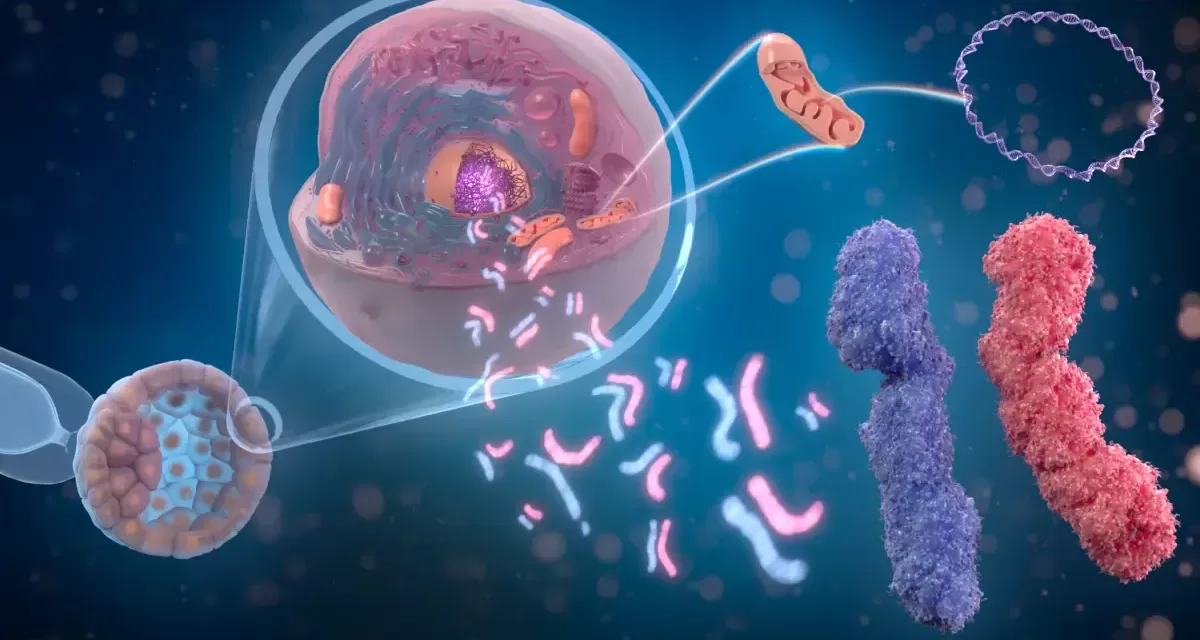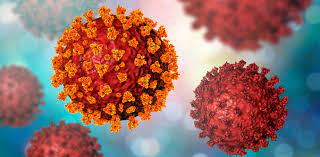Researchers hope breakthrough will lead to therapies that prevent joint damage
A groundbreaking study has unveiled 13 genes that significantly increase the risk of developing osteoarthritis, a debilitating joint disease affecting over 32 million people in the United States. This discovery, led by a multidisciplinary team at the UNC Thurston Arthritis Research Center, marks a crucial step toward developing therapies that could halt or even reverse the progression of osteoarthritis.
Osteoarthritis occurs when cartilage, the protective cushion between joints, deteriorates, leading to painful bone-on-bone friction, joint stiffness, and limited mobility. Currently, treatments focus on symptom management, such as using anti-inflammatory drugs, exercise, and weight loss, as there is no cure to stop the disease from advancing.
The Genetic Puzzle of Osteoarthritis
While multiple factors such as aging, obesity, and injury contribute to osteoarthritis, nearly half of the risk is attributed to genetics. Identifying the genes directly responsible for cartilage degradation—termed “causal genes”—has been a key challenge.
The team of researchers, including Doug Phanstiel, Ph.D., Richard F. Loeser, Jr., MD, and Brian Diekman, Ph.D., sought to solve this puzzle. Their findings, published in Cell Genomics, identified 13 “high-probability risk genes” linked to the condition. Notably, six of these genes had no prior known connection to osteoarthritis, offering new insights into the biological processes driving the disease.
“There have been studies identifying over 100 ‘risk regions’ within DNA for osteoarthritis, but few have pinpointed the causal genes,” explained Dr. Loeser, director of UNC TARC. “By defining these genes, we now have genetic targets to guide the development of therapies.”
How the Study Was Conducted
The research team employed a multidisciplinary approach to uncover the genes:
- Cellular Models: Dr. Loeser’s lab collected joint tissue samples from over 100 human donors. The tissues were cultured and exposed to molecules that mimicked osteoarthritis, creating a controlled environment for study.
- Genomic Analysis: Dr. Phanstiel’s team used advanced genomics and bioinformatics tools to analyze gene expression and identify genetic links to osteoarthritis.
- Gene Editing Validation: Dr. Diekman led follow-up studies to confirm the identified genes’ roles in the disease using gene editing techniques.
Their efforts revealed 13 genes with a high probability of influencing osteoarthritis risk. These genes are believed to regulate various biological processes that contribute to the disease’s progression.
The Road Ahead
This discovery lays the foundation for future breakthroughs. The team plans to expand their research by studying larger donor cohorts and multiple cell types to uncover additional risk genes. They are also exploring the biological pathways activated by these genes and conducting drug screening studies to find compounds that can target these pathways.
“The ultimate goal is to develop therapeutics that stop joint damage in its earliest stages, preventing the pain and disability caused by osteoarthritis,” said Dr. Loeser.
Implications for Patients
The identification of these 13 genes is a pivotal step toward understanding the genetic underpinnings of osteoarthritis. It provides a roadmap for developing targeted therapies that could offer hope to millions suffering from this condition.
For more information, see the original study: Nicole E. Kramer et al., Response eQTLs, chromatin accessibility, and 3D chromatin structure in chondrocytes provide mechanistic insight into osteoarthritis risk, Cell Genomics (2025). DOI: 10.1016/j.xgen.2024.100738.












